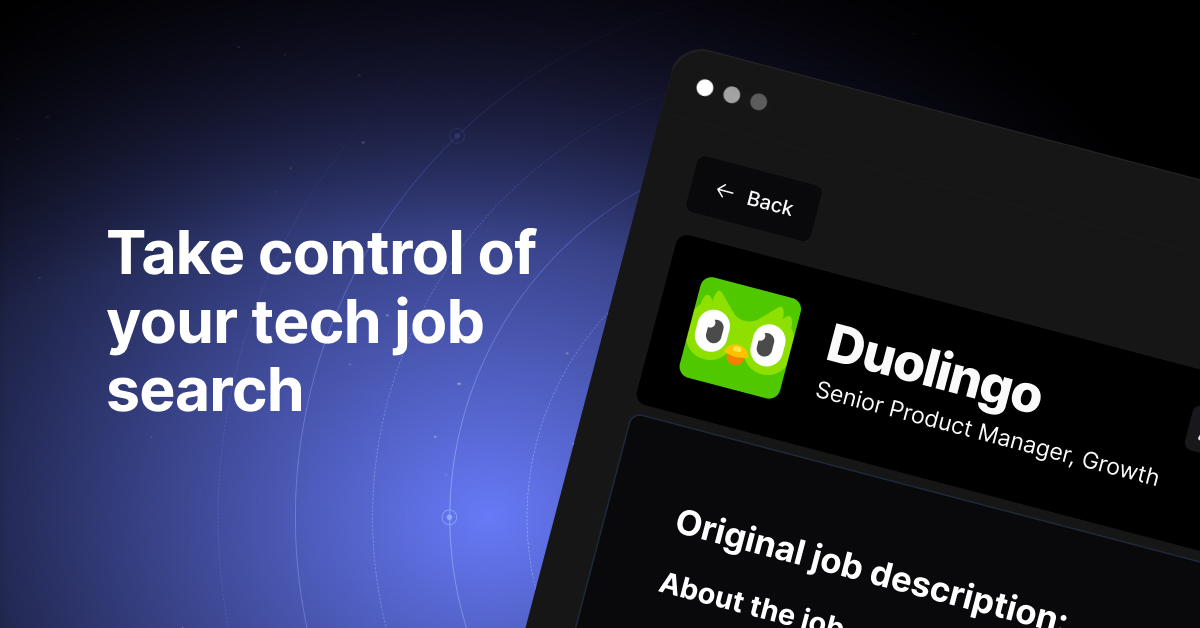How should I use the new static option for @ViewChild in Angular 8?

🔍👶 How should I use the new static option for @ViewChild in Angular 8?
So, you're getting your hands dirty with Angular 8 and you stumbled upon this new cool feature called static for the @ViewChild decorator. But Wait! You have no clue how to use it or when to use it. Don't worry, I will guide you through this 🚀
💡 First, let's understand what @ViewChild does. In Angular, the @ViewChild decorator allows you to access a child component, directive, or element in the parent component's template. It's like having eyes 👀 inside your component, peeping into its children.
Now, let's dive into the new kid on the block, the static option. By default, static is set to false. This means that the @ViewChild will be resolved after the component's ngOnInit lifecycle hook. Think of it like trying to find your car keys 🚗 after you wake up.
⚡ But wait! What if you set static to true? Now, the child component or element will be resolved during the component's ngOnInit lifecycle hook. It's like having your car keys right beside your bed when you wake up 🌞
👉 So, when should you use static:true vs static:false?
🔵 static: false is suitable when you need to access child components or elements that are dynamically created or modified after the component initialization. For example, if you want to access a child component that is created based on user actions or state changes.
🔴 On the other hand, static: true is useful when you need to access a child component or element that is static and does not change after the component initialization. An example could be accessing a child component which exists right from the beginning and will not be modified or destroyed during the component's lifecycle.
💡 Pro Tip: It's generally a good practice to start with the default static: false and only switch to static: true if you are sure that the child component or element will not change.
That's a wrap! You now have a clear understanding of how to use the new static option for @ViewChild in Angular 8. Now go and explore this feature in your projects. Happy coding! 💻
📢 Don't be shy! Share your thoughts on how you use the static option in the comments below. And if you found this post helpful, give it a thumbs up 👍 and spread the word to fellow Angular enthusiasts. Happy coding! 🎉
Take Your Tech Career to the Next Level
Our application tracking tool helps you manage your job search effectively. Stay organized, track your progress, and land your dream tech job faster.


